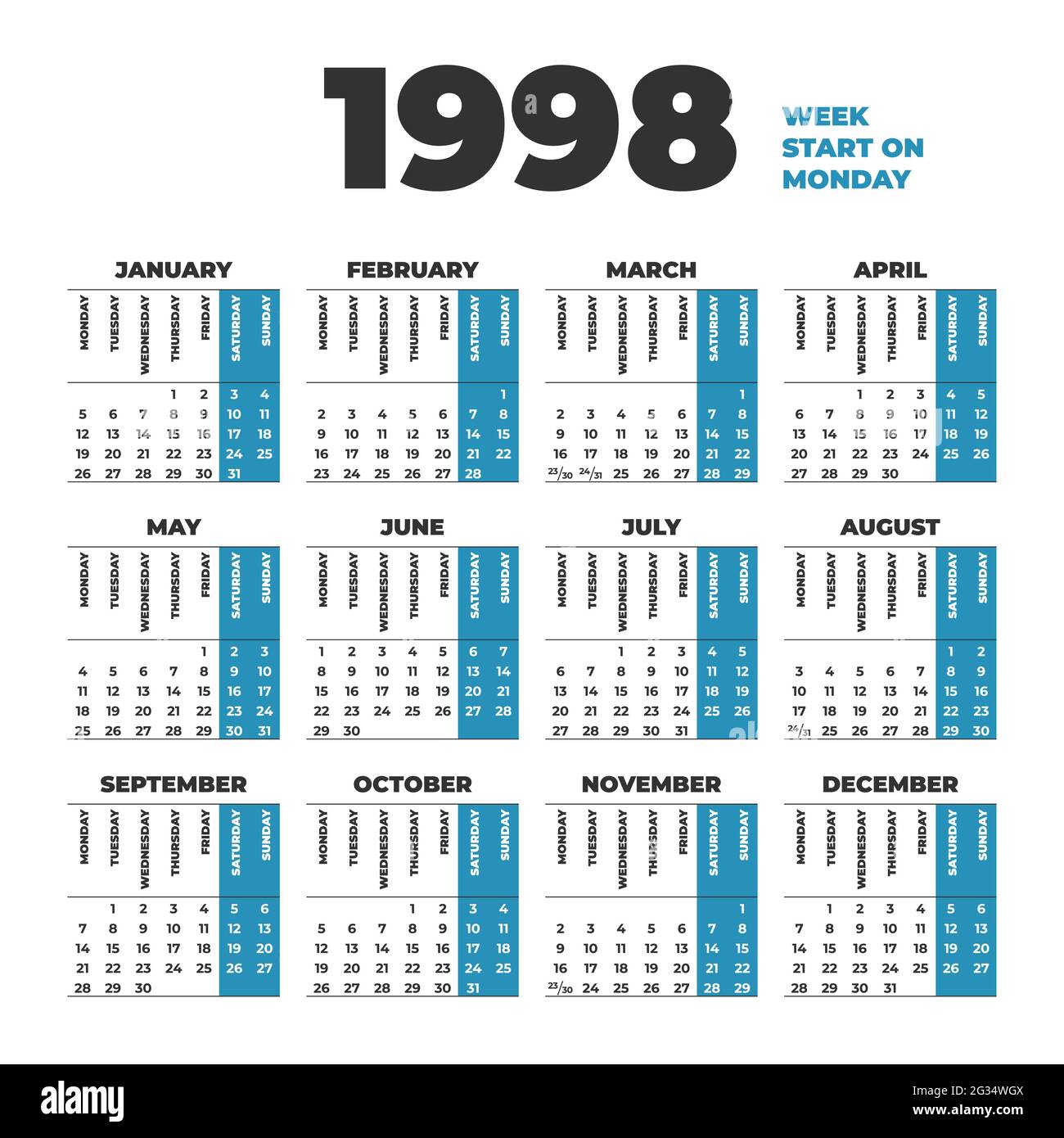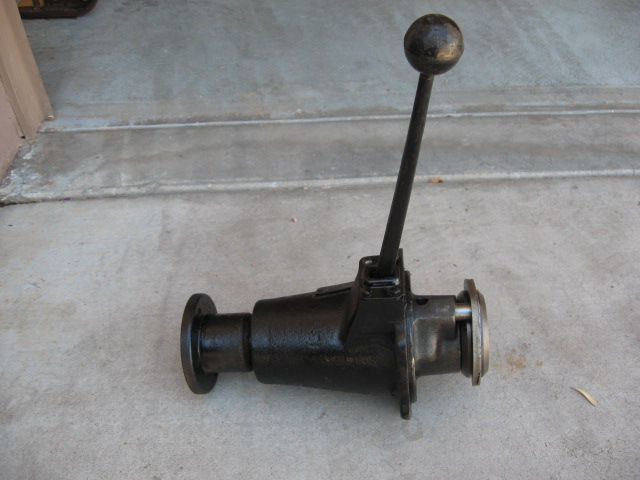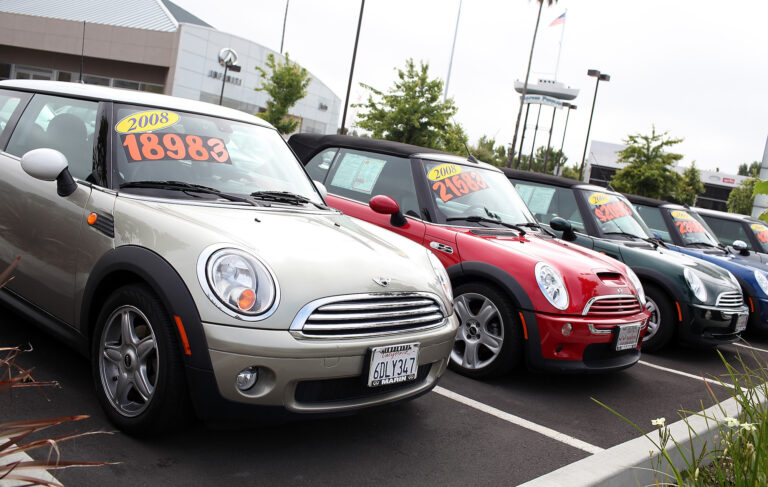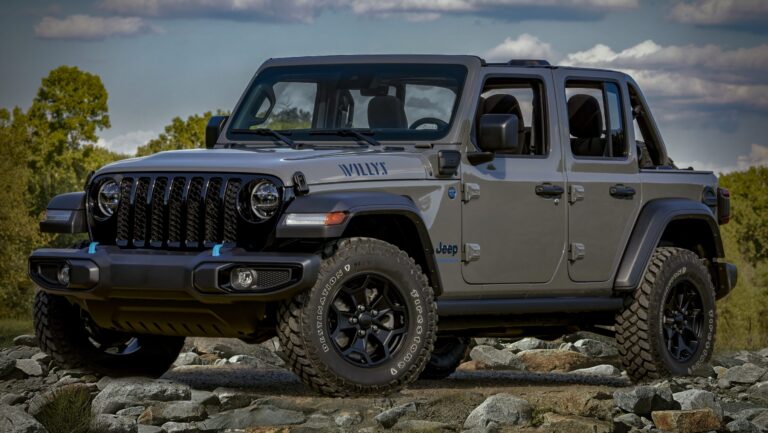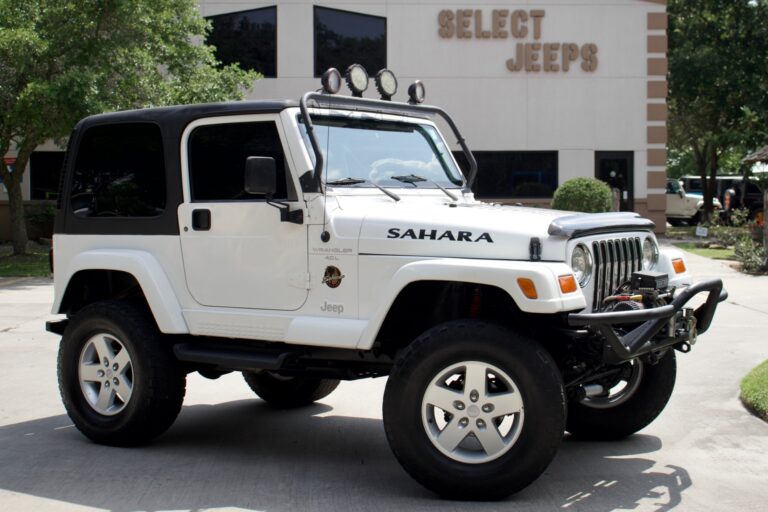1998 Jeep Cherokee Sport 4×4 For Sale: Your Gateway to Adventure and Legacy
1998 Jeep Cherokee Sport 4×4 For Sale: Your Gateway to Adventure and Legacy jeeps.truckstrend.com
The year 1998 marked a significant point in the life cycle of one of the most iconic and enduring sport utility vehicles ever produced: the Jeep Cherokee XJ. Specifically, the 1998 Jeep Cherokee Sport 4×4 embodies the rugged simplicity and unparalleled capability that cemented the XJ’s legendary status. More than just a used car, a 1998 Jeep Cherokee Sport 4×4 for sale represents an opportunity to own a piece of automotive history – a vehicle that masterfully blends daily drivability with serious off-road prowess, all wrapped in a timeless, utilitarian design. For enthusiasts, adventurers, or anyone seeking a robust and customizable vehicle that stands apart from modern, softer SUVs, the 19XJ remains an incredibly compelling choice. This comprehensive guide will delve into what makes the 1998 Jeep Cherokee Sport 4×4 such a sought-after vehicle, what to look for when purchasing one, and how to prepare for a rewarding ownership experience.
The Enduring Appeal of the XJ Cherokee
1998 Jeep Cherokee Sport 4×4 For Sale: Your Gateway to Adventure and Legacy
Introduced in 1984, the Jeep Cherokee (XJ) revolutionized the SUV market with its unibody construction, offering a lighter, more car-like driving experience without sacrificing the traditional Jeep ruggedness. By 1998, the XJ was in its mature phase, benefiting from years of refinement while retaining its core strengths. The Sport trim, in particular, emphasized its functional, no-frills character, making it a favorite among those who valued capability over luxury.
What truly sets the XJ Cherokee apart, and why it continues to be highly desirable, is its robust and straightforward engineering. It’s a vehicle designed to be used, abused, and easily repaired. Its compact dimensions, excellent visibility, and potent powertrain make it as adept at navigating city streets as it is conquering challenging trails. This blend of versatility and legendary durability has fostered a massive, dedicated community of owners and enthusiasts, ensuring a wealth of knowledge, parts, and aftermarket support.
Key Features of the 1998 Jeep Cherokee Sport 4×4
Understanding the specific attributes of the 1998 model year and the Sport trim is crucial for any prospective buyer.
The Legendary 4.0L Inline-Six Engine (I6)
At the heart of the 1998 Cherokee Sport 4×4 is the venerable AMC 4.0-liter inline-six engine. This engine is renowned for its incredible reliability, strong low-end torque, and longevity. Producing around 190 horsepower and 225 lb-ft of torque, it provides ample power for highway cruising and effortlessly tackling off-road obstacles. Its simple design makes it relatively easy to maintain and repair, contributing significantly to the XJ’s reputation for durability.
Transmission Options
Most 1998 Cherokee Sport 4×4 models came equipped with the Aisin-Warner AW4 4-speed automatic transmission. This is another highly regarded component, known for its robustness and smooth shifting. While manual transmission options (like the AX-15) were available in earlier XJs and some rare 1998 models, the AW4 automatic is the more common and equally reliable choice for this year.

Transfer Cases
The 1998 Sport 4×4 typically featured one of two highly capable transfer cases:
- Command-Trac (NP231): This part-time 4×4 system offers 2WD High, 4WD High (part-time), and 4WD Low. It’s robust and perfect for off-road use, but 4WD High should not be used on dry pavement.
- Selec-Trac (NP242): Less common on Sport models, but a desirable feature if found. This full-time 4×4 system adds a "Full-Time 4WD" option, allowing the vehicle to be driven in 4WD on any surface, including dry pavement, making it more versatile for varying weather conditions. It also retains the traditional 2WD High, 4WD Part-Time High, and 4WD Low settings.
Axles
The 1998 Cherokee Sport 4×4 generally came with:
- Front Axle: Dana 30 – A solid and widely supported front axle, capable for most off-road applications and easily upgraded.
- Rear Axle: Chrysler 8.25 or Dana 35 – The Chrysler 8.25 is generally preferred due to its stronger construction and larger ring gear, especially for those planning serious off-road modifications. The Dana 35 is adequate for light duty but less robust. Checking which rear axle is present can be a key factor for buyers.
Interior and Exterior
The Sport trim emphasizes functionality. The interior is straightforward, with durable cloth seats and a practical dashboard layout. While not luxurious by modern standards, its simplicity means fewer electronics to fail and easy access for cleaning and maintenance. The exterior design is boxy and purposeful, contributing to its excellent approach, departure, and break-over angles – crucial for off-road performance.
Why Buy a 1998 Jeep Cherokee Sport 4×4 Today?
Despite being over two decades old, the 1998 XJ Cherokee remains a highly compelling purchase for several reasons:
- Exceptional Value: Compared to new SUVs with similar capabilities, a 1998 XJ offers an incredibly affordable entry point into the world of truly capable 4x4s.
- Legendary Reliability: With proper maintenance, these vehicles are known to last well beyond 200,000 or even 300,000 miles.
- Simplicity and Maintainability: Its relatively simple mechanical and electrical systems make it a fantastic vehicle for DIY enthusiasts. Parts are readily available and often inexpensive.
- Unrivaled Aftermarket Support: The XJ has one of the largest and most active aftermarket communities, offering an endless array of lift kits, armor, engine upgrades, and customization options.
- Versatility: Whether you need a rugged daily driver, a weekend trail rig, an overlanding platform, or a reliable workhorse, the XJ can do it all.
- Classic Status and Potential Appreciation: Well-maintained, unmolested examples are becoming increasingly rare and could potentially appreciate in value, making them not just a vehicle but also a smart enthusiast investment.
What to Look For When Buying a 1998 Jeep Cherokee Sport 4×4 (Important Considerations)
While robust, no vehicle is immune to wear and tear. A thorough inspection is paramount when considering a 1998 Cherokee Sport 4×4 for sale.
- Rust: This is the number one enemy of the XJ, especially in regions that use road salt. Carefully inspect:
- Rocker panels: Often the first to go.
- Floorboards: Check both front and rear from inside and underneath.
- Unibody frame rails: Crucial structural components. Pay close attention around suspension mounting points.
- Rear quarter panels/fenders: Common rust spots.
- Behind the rear bumper: Check for hidden rust.
- Engine Health:
- Oil Leaks: Common areas include the rear main seal (RMS), valve cover gasket, and oil filter adapter. While common, excessive leaking can indicate neglect.
- Cooling System: The 4.0L can run hot. Check the condition of the radiator (plastic end tanks often crack), water pump, thermostat, and hoses. Look for evidence of coolant leaks or previous overheating.
- "Death Wobble": This is a violent, uncontrollable shaking of the front end, usually triggered by a bump at speed. It’s caused by worn steering and suspension components (track bar, tie rod ends, ball joints, control arm bushings). It’s fixable but indicates deferred maintenance.
- Transmission and Transfer Case:
- Fluid Condition: Check the transmission fluid; it should be red and not smell burnt.
- Shifting: Test drive to ensure smooth shifts without harshness or slipping.
- 4×4 Engagement: Engage 4WD High and 4WD Low. Listen for grinding or clunking noises. Ensure the transfer case lever operates smoothly.
- Suspension & Steering:
- Worn Bushings: Listen for clunks or squeaks over bumps. Inspect control arm bushings, leaf spring bushings, and sway bar bushings.
- Shocks: Look for leaks.
- Leaf Springs: Check for sagging, especially in the rear.
- Electrical Issues: Test all power windows, door locks, the HVAC fan (often fails on higher settings), and dashboard lights. The gauge cluster can have intermittent issues.
- Interior Condition: Headliner sag is very common. Check for rips, tears, and overall cleanliness.
- Maintenance Records: A stack of service records is a huge plus, indicating a well-cared-for vehicle.
- Test Drive: Beyond checking the engine and transmission, pay attention to braking, steering feel, and any unusual noises. Test it on different surfaces if possible, including some uneven terrain to check for suspension issues.
Preparing for Ownership & Potential Challenges
Buying a 1998 XJ is a commitment to a classic, and while rewarding, it comes with specific considerations.
- Budget for Maintenance: Even the most reliable vehicles need ongoing care. Factor in funds for common XJ fixes (e.g., headliner, cooling system overhaul, sensor replacements) and general wear items.
- Fuel Economy: The 4.0L I6, while powerful, is not known for its fuel efficiency. Expect around 15-20 MPG combined, depending on driving style and modifications.
- Modern Safety Features: The 1998 XJ lacks advanced safety features found in modern vehicles (e.g., multiple airbags, ABS as standard, traction control, stability control). Drive accordingly.
- Insurance: Rates can vary. Some insurers might classify older vehicles differently.
- Learning Curve: If you’re new to older vehicles or DIY, there will be a learning curve. However, the XJ community is incredibly supportive.
Tips for a Successful Purchase
- Do Your Homework: Familiarize yourself with common XJ issues and solutions. Online forums (e.g., JeepForum, NAXJA) are invaluable resources.
- Pre-Purchase Inspection (PPI): Invest in a PPI by a trusted mechanic who is familiar with Jeeps, especially older ones. They can spot issues you might miss.
- Negotiate Based on Condition: Use any identified issues (especially rust or major mechanical problems) as leverage for negotiation.
- Join the Community: Once you own an XJ, connect with other owners. Their experience and advice will be invaluable for maintenance, modifications, and troubleshooting.
- Define Your Use Case: Are you looking for a clean, stock daily driver, or a project vehicle to build into an off-road monster? Your intended use will influence what condition and features you prioritize.
Price Table: 1998 Jeep Cherokee Sport 4×4 For Sale
The price of a 1998 Jeep Cherokee Sport 4×4 can vary significantly based on its condition, mileage, maintenance history, modifications, and geographic location. The table below provides a general estimate.
| Condition | Mileage Range | Estimated Price Range (USD) | Key Considerations |
|---|---|---|---|
| Excellent | < 100,000 miles | $8,000 – $15,000+ | Meticulously maintained, minimal to no rust, original paint/interior in great shape, may have tasteful and well-executed modifications. Rare to find. |
| Good | 100,000 – 180,000 miles | $4,000 – $7,999 | Solid runner, minor cosmetic flaws, some wear and tear, light surface rust manageable, may need some deferred maintenance but nothing major immediately. |
| Fair | 180,000 – 250,000 miles | $2,000 – $3,999 | Visible rust (e.g., rocker panels, floorboards), needs significant maintenance (e.g., cooling system overhaul, suspension components), reliable but tired, suitable for someone willing to put in work. |
| Project | 250,000+ miles | $500 – $1,999 | Major mechanical issues, extensive rust, significant cosmetic damage, suitable for parts or a complete rebuild by an experienced enthusiast. |
Disclaimer: These prices are estimates and can fluctuate based on market demand, regional differences, specific options (e.g., Selec-Trac transfer case, specific axle), and the presence of desirable modifications (e.g., quality lift kit, upgraded armor).
Concluding Summary
The 1998 Jeep Cherokee Sport 4×4 stands as a testament to intelligent, durable engineering and timeless design. It offers an unparalleled blend of off-road capability, on-road manners, and mechanical simplicity that is increasingly rare in the automotive world. For those seeking a vehicle with character, immense customization potential, and a loyal community, a well-chosen XJ represents not just a purchase, but an investment in a rewarding and adventurous lifestyle. While vigilance during the buying process is essential, the payoff for securing a solid 1998 Cherokee Sport 4×4 is a vehicle that will reliably take you where you want to go, for many years to come.
Frequently Asked Questions (FAQ) about the 1998 Jeep Cherokee Sport 4×4
Q1: Is the 4.0L engine in the 1998 Jeep Cherokee Sport 4×4 reliable?
A1: Yes, the AMC 4.0-liter inline-six engine is legendary for its reliability and longevity. With proper maintenance, it can easily last well over 200,000 to 300,000 miles. Common issues are usually minor (e.g., oil leaks from the rear main seal or valve cover) and easily fixable.
Q2: What kind of fuel economy can I expect from a 1998 Cherokee Sport 4×4?
A2: Fuel economy is not its strong suit. Expect an average of 15-20 miles per gallon (MPG) in mixed driving conditions. This can vary based on driving style, vehicle condition, and modifications (e.g., larger tires, lift kits).
Q3: Are parts hard to find for a 1998 Jeep Cherokee?
A3: Absolutely not. Due to the XJ Cherokee’s immense popularity and long production run, parts are incredibly easy to find. Both OEM and aftermarket parts are widely available from auto parts stores, online retailers, and salvage yards.
Q4: Is the 1998 Jeep Cherokee Sport 4×4 good for off-roading?
A4: Yes, it’s exceptionally good. Its compact size, short overhangs, solid axles, and the torquey 4.0L engine make it a highly capable off-road vehicle right off the showroom floor. With basic modifications (like a lift kit and larger tires), it can tackle very challenging terrain.
Q5: What is "death wobble" and is it common in the 1998 Cherokee?
A5: "Death wobble" is a severe, uncontrollable oscillation of the front wheels, typically triggered by hitting a bump at highway speeds. It’s caused by worn steering and suspension components (e.g., track bar, tie rod ends, ball joints, control arm bushings). While it can be frightening, it’s a known issue with solid-axle vehicles and is fully fixable by replacing the worn components. It’s a common indicator of deferred maintenance.
Q6: How significant is rust a concern when buying a 1998 Cherokee?
A6: Rust is one of the biggest concerns, especially if the vehicle has been exposed to road salt or humid climates. Critical areas to inspect include the rocker panels, floorboards, unibody frame rails, and rear quarter panels. Extensive rust can compromise structural integrity and make repairs difficult or impossible.
Q7: Is the automatic (AW4) or manual transmission better for the 1998 Sport 4×4?
A7: Both are highly reliable. The Aisin-Warner AW4 automatic is very robust and common, offering smooth shifts and good off-road performance. Manual transmissions (like the AX-15) are rarer for this year but preferred by some for more direct control and engagement. Your choice depends on personal preference and availability.
